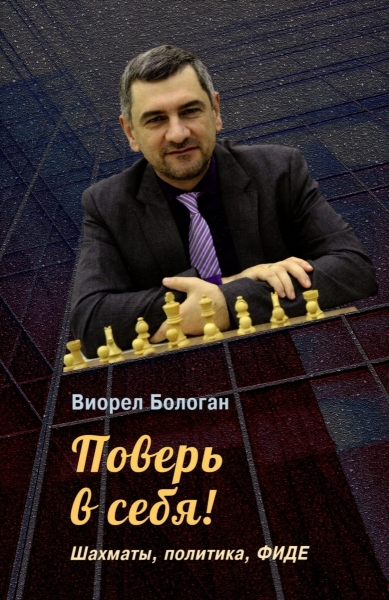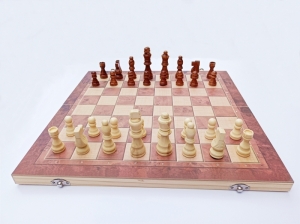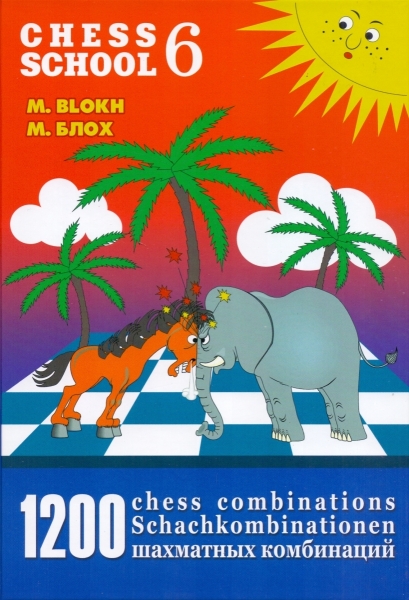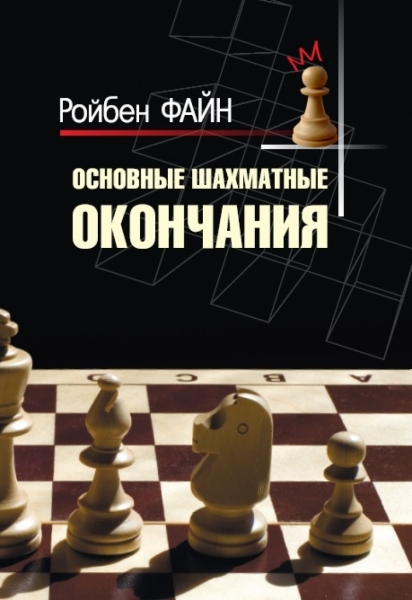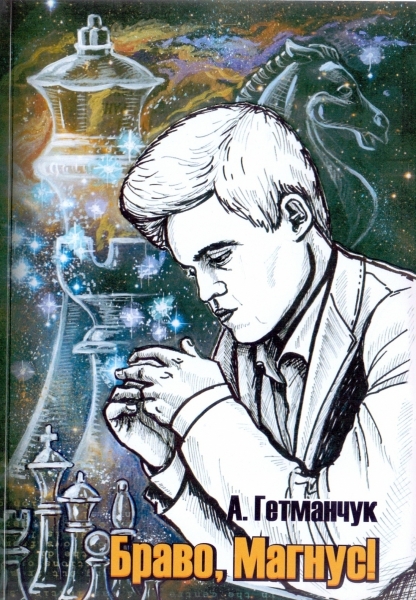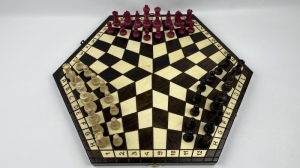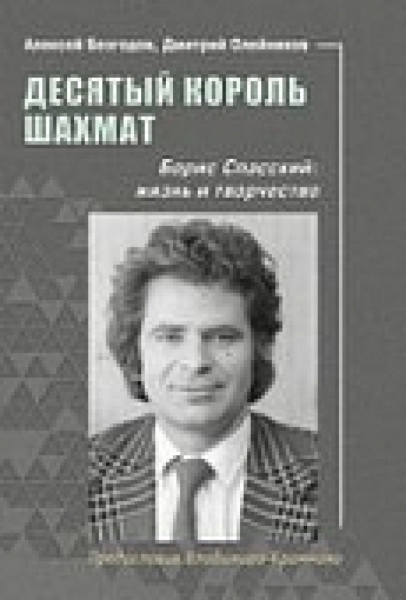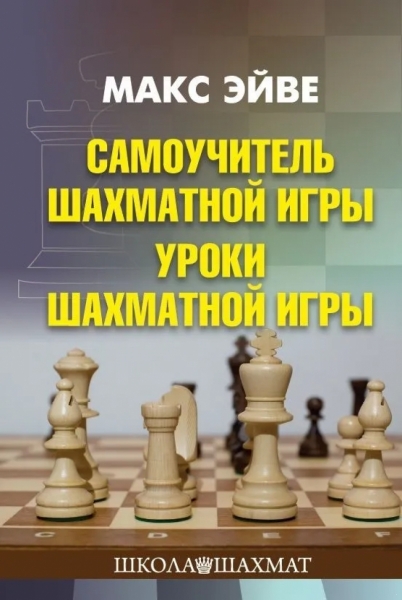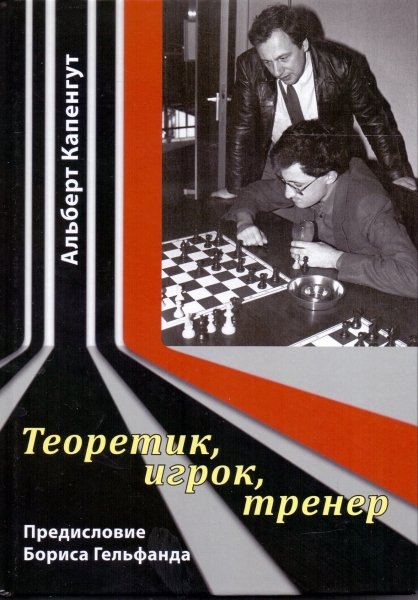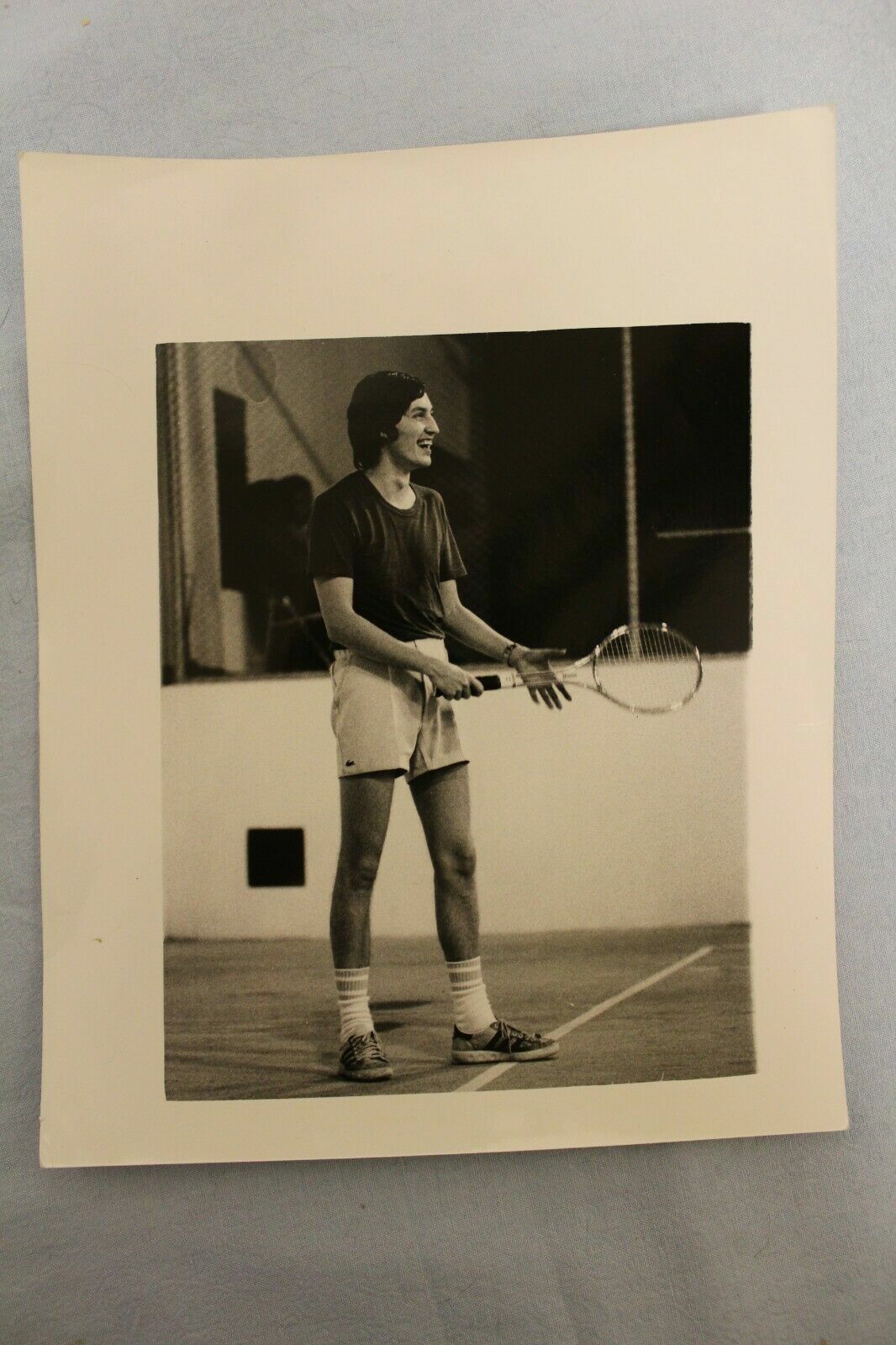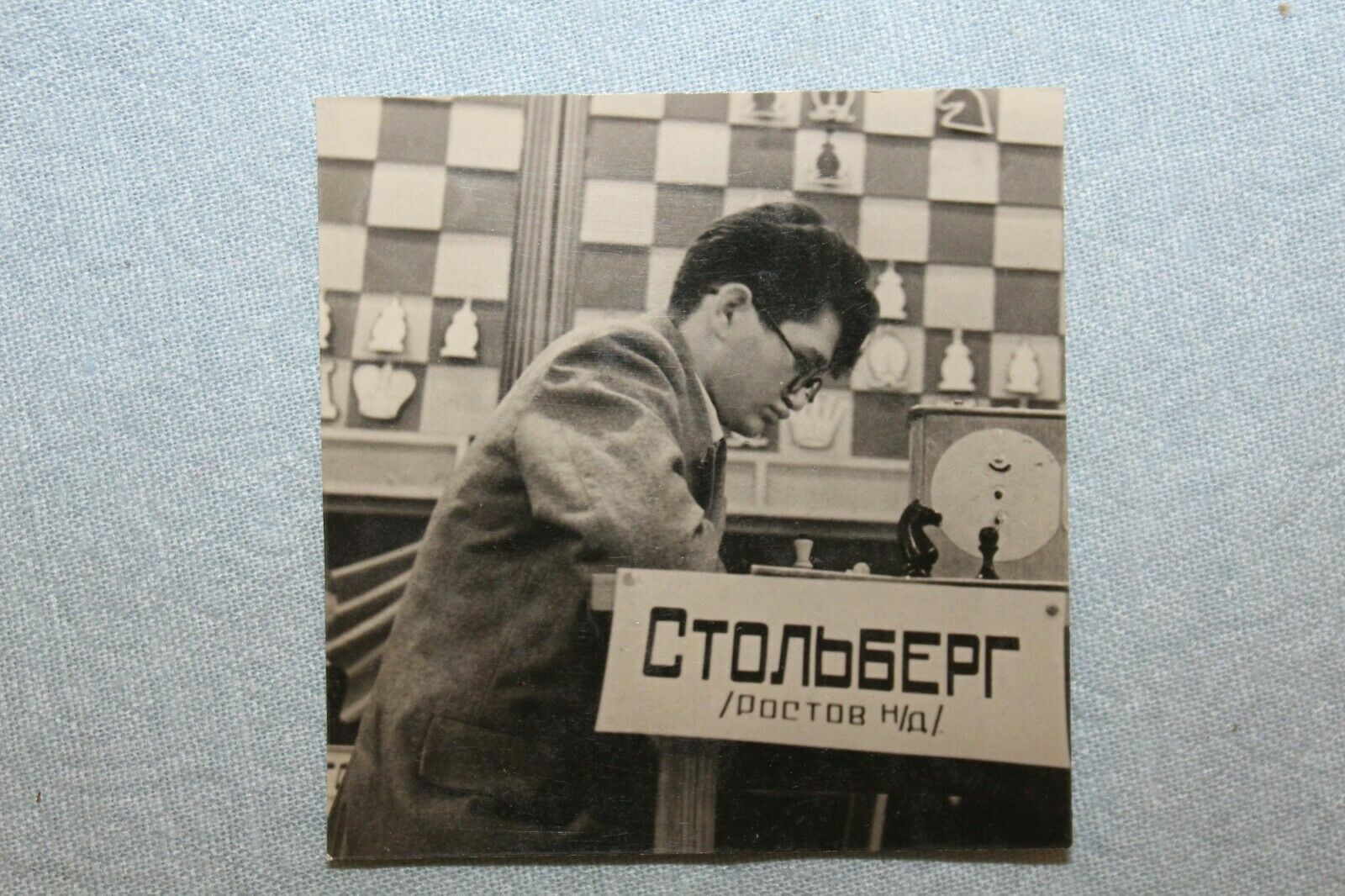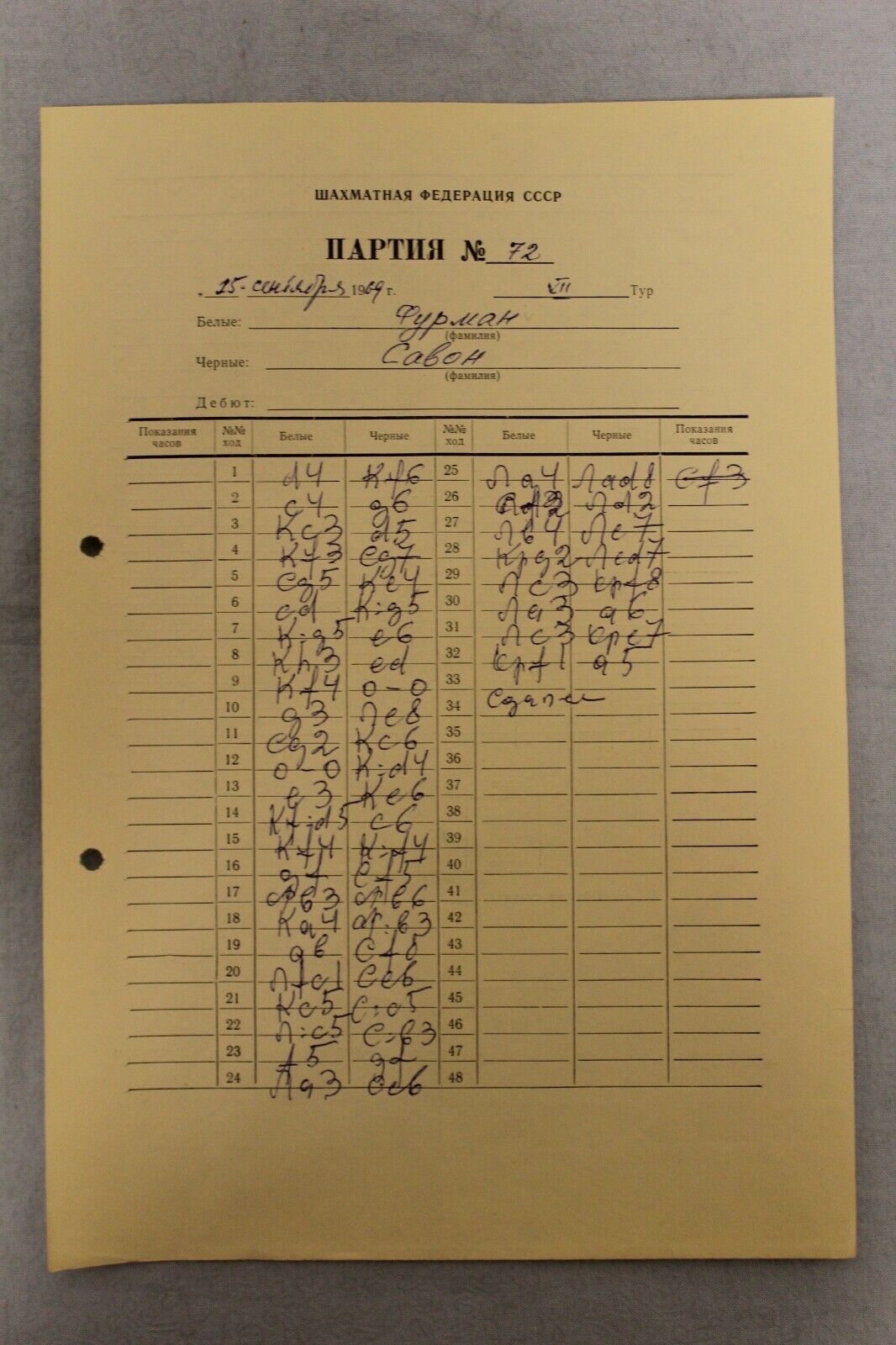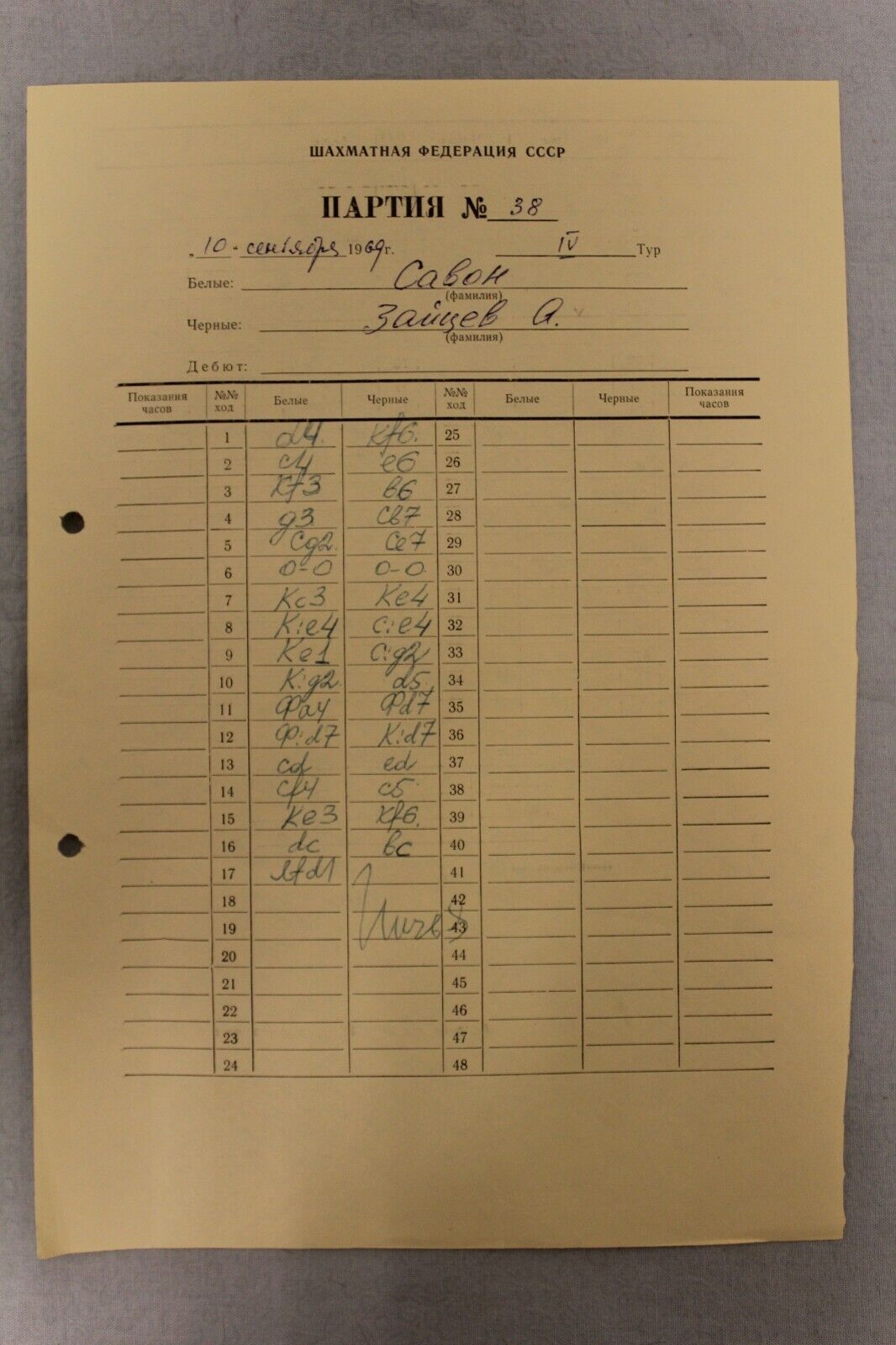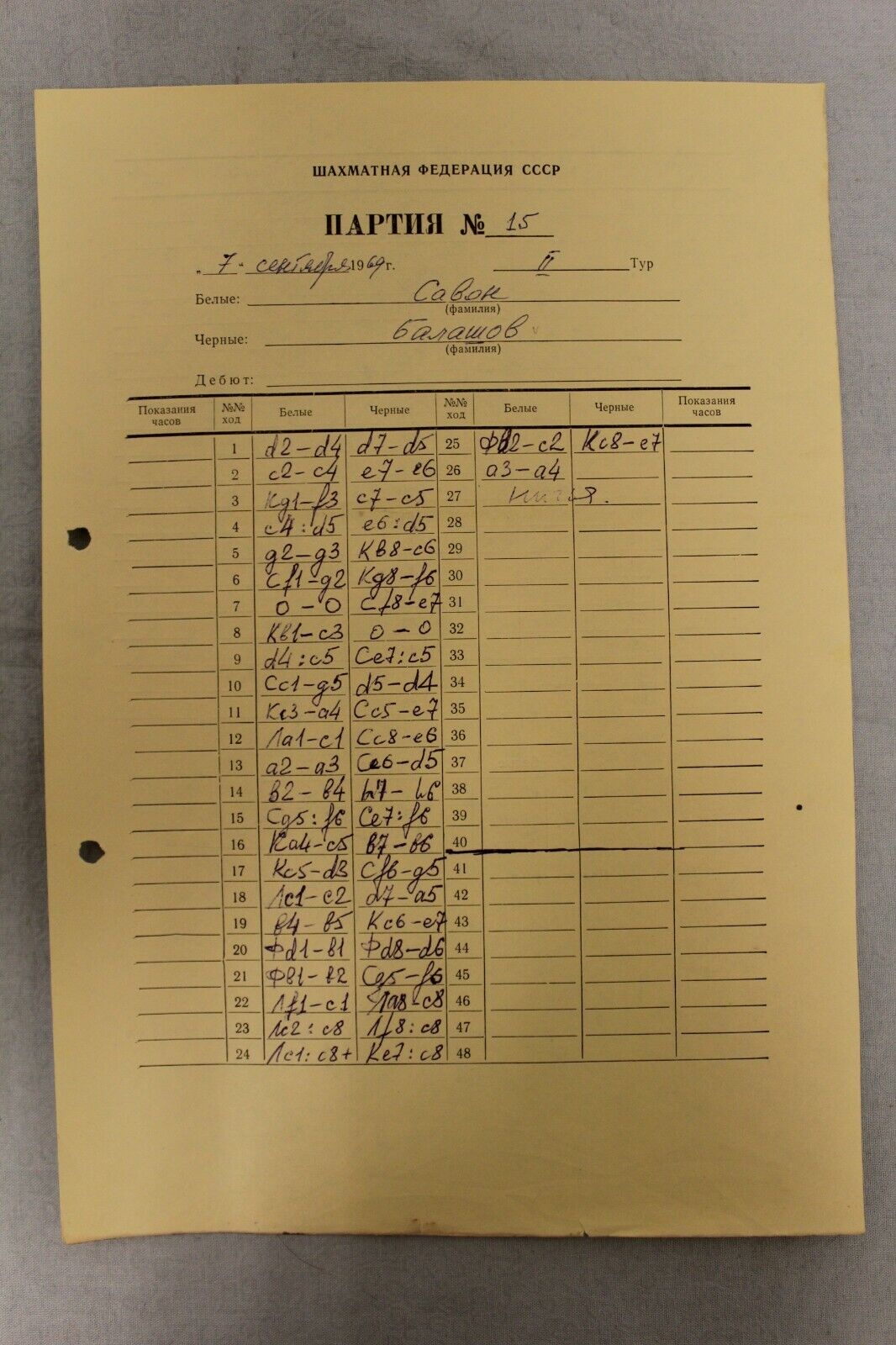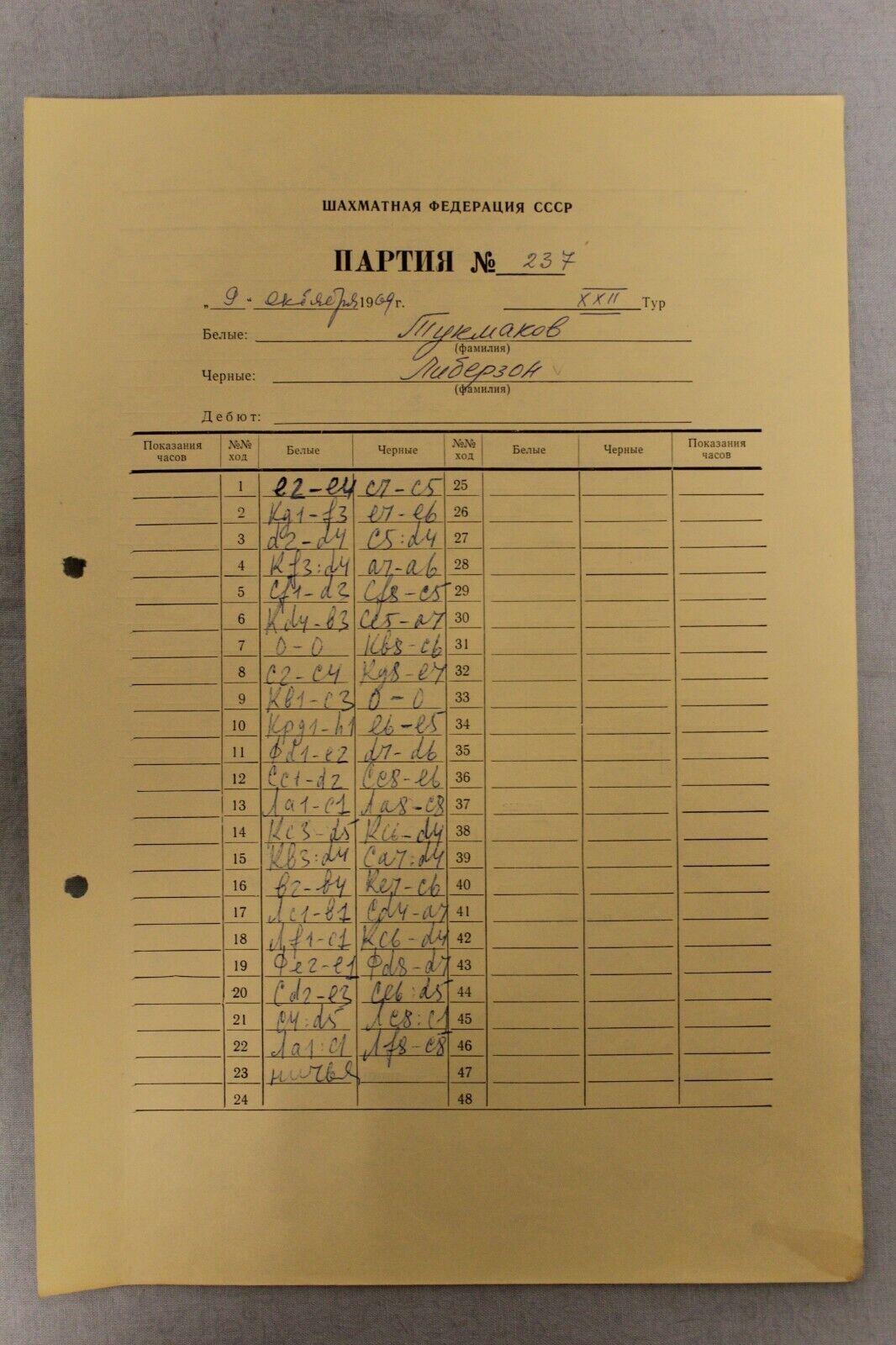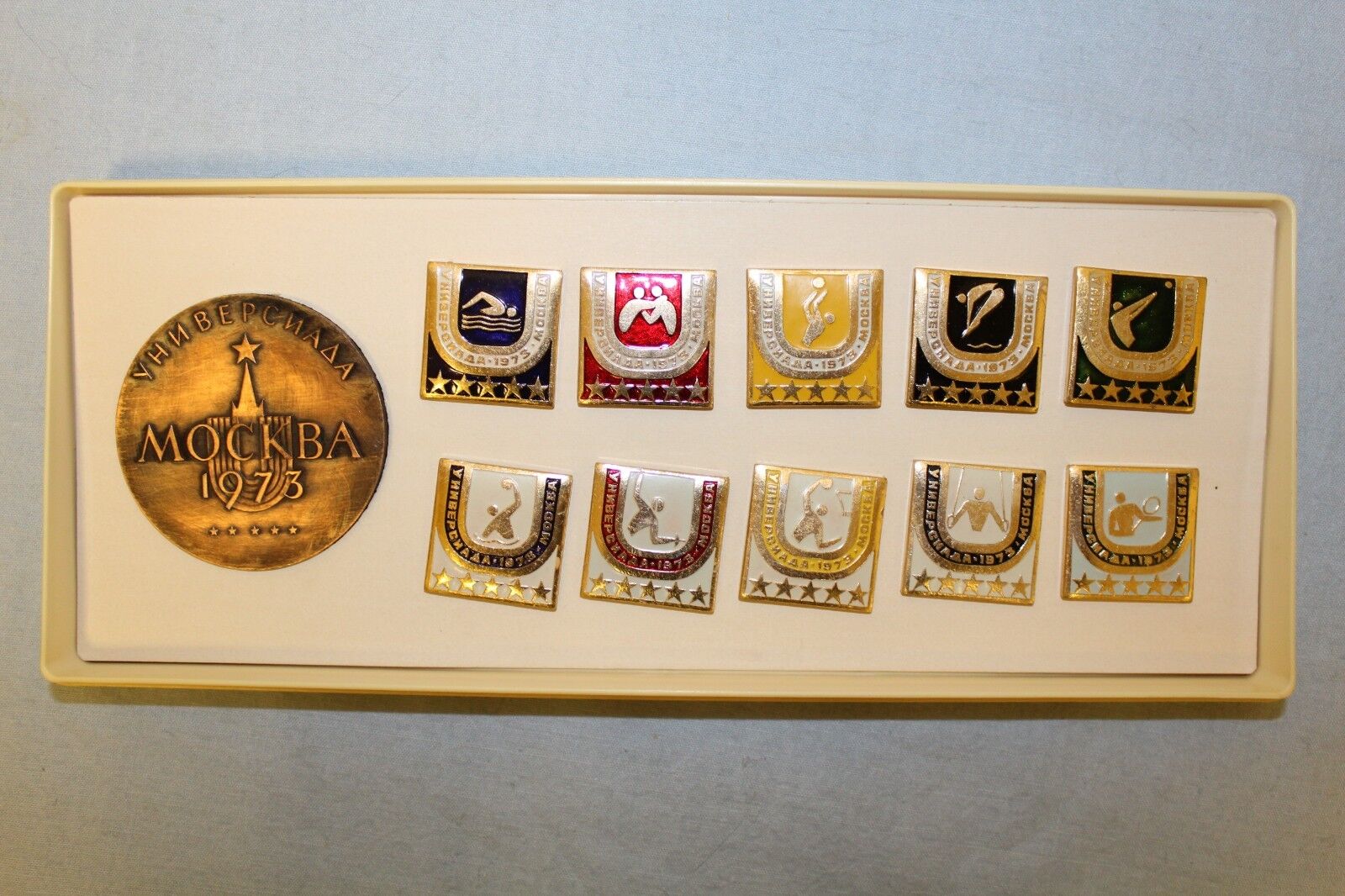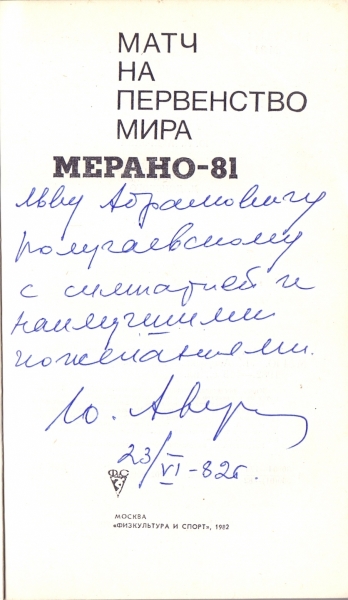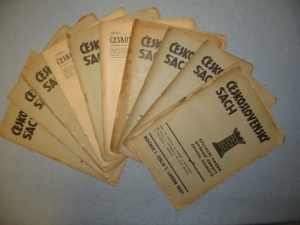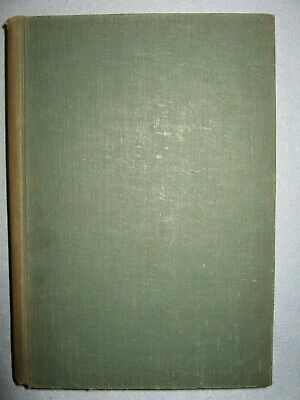eBay items
-
45.00 $
September 22, 1965, VII International Tournament of the Central Chess Club of the USSR in Yerevan 1965 Nei - Averbach Scoresheet of Nei Yuri Averbakh - Soviet chess player, leader of the Russian and international chess movement; international grandmaster, chess composer, international arbiter in chess and chess composition, Honored Master of Sports of the USSR. Champion of the USSR. The oldest living grandmaster in the world. Ivo Nei is an eight-time Estonian champion, three-time winner of the Baltic tournaments (1956, 1961, 1963). In 1964, the USSR Chess Federation granted him the right to play in a major tournament in Beverwijk, and, sharing the first place with Keres, Ney became an international master. Condition: good PK7
-
45.00 $
Photo of the Soviet grandmaster Anatoly Karpov playing tennis Size: approx. 25x20,5 Art PK4
-
45.00 $
MASTER MARK STOLBERG. *After two years of that tournament, in 1942, Mark Stolberg disappeared forever on a World War II. SIZE OF THE PHOTO - approx. 5 cm x 5 cm 12TH SOVIET CHESS CHAMPIONSHIP: This is a photograph from the famous 12th Soviet Chess Championship held in the Grand Hall of the Moscow Conservatory from September 4th through October 3rd, 1940. The 12th Soviet Chess Championship was truly a battle of the titans. Outstanding players such as Mikhail Botvinnik, Paul Keres, Vasily Smyslov, Alexander Kotov, Isaac Boleslavsky, Igor Bondarevsky, and Andre Lilienthal took part. This so-called "absolute championship" is rightfully considered one of the strongest USSR chess championships ever held. Heres an excerpt from Mikhail Botvinniks memoirs. "It was a tough tournament. There were many participants and very few off-days. The Grand Hall of the Conservatory has excellent acoustics. The spectators behaved impudently, made a great deal of noise, and clapped all the time. The excellent acoustics only made matters worse. Supposedly, Sergei Prokofiev applauded Keres vigorously after the latter won a game. The other people in his box reprimanded him,, and then the composer remarked, "I have every right to express my feelings." Would my friend Mr. Prokofiev be happy if he were playing a trio and spectators applauding the violinists performance drowned out his piano piece? Chess players are in a worse position, though. A pianist can afford to play a few false notes amid booming applause, something a chess player isnt allowed to do." The results of the 12th Soviet Chess Championship were truly sensational, since two young players, Andre Lilienthal and Igor Bondarevsky, came in first and second, respectively, leaving grandmasters Mikhail Botvinnik and Paul Keres, the tournament favorites, far behind. The unprecedented hype surrounding this tournament matched its historical significance. After all, the unofficial right to contend for the world championship crown, as well as the prestigious title of USSR champion were on the line. "The most difficult and most monumental tournament in which Ive ever taken part has come to a close," Andre Lilienthal wrote. "I have no reason to be displeased with myself. First off, my win over Botvinnik himself wasnt too bad. Secondly, I snatched what seemed to be an irrevocably lost point from Bondarevsky in the last round. Thirdly, I managed not to lose a single game. Fourthly, I wound up in the wonderful young company of Bondarevsky and Smyslov at the top of the leaderboard. A decisive match for the title of USSR champion is up next. I have to prepare thoroughly for it, which, first and foremost, means getting some much needed rest." Three months after the tournament was completed, on January 14th, 1991, the Soviet Committee on Physical Culture and Sports issued an order approving the tournament results and awarding Bondarevsky and Lilienthal, the tournament winners, grandmaster titles; however, this order was missing a key point, since it did not mention any sort of match between the two victors. That strange inconsistency came to light a month later when it was decided - through a behind-the-scenes power struggle - that one more tournament for the title of absolute USSR champion would be held, a tournament Mikhail Botvinnik won. Art PK4
-
45.00 $
Semen Furman – Vladimir Savon. Score sheet of Furman Soviet chess score sheet from the 37th Chess Championship wich was held in Moscow September 6 – October 12 1969. Tigran Petrosyan won an additional match for the title of champion (Moscow, January 19-29, 1970). The championship was also a fide zonal tournament. Polugaevsky, Geller, Smyslov and Taimanov won the right to participate in the interzonal tournament. The latter in the final round effectively won his "party of life" from LutikovАрт ПК 2
-
45.00 $
Vladimir Savon – Aleksandr Zaitsev. Score sheet of A.Zaitsev Soviet chess score sheet from the 37th Chess Championship wich was held in Moscow September 6 – October 12 1969. Tigran Petrosyan won an additional match for the title of champion (Moscow, January 19-29, 1970). The championship was also a fide zonal tournament. Polugaevsky, Geller, Smyslov and Taimanov won the right to participate in the interzonal tournament. The latter in the final round effectively won his "party of life" from LutikovАрт ПК 2
-
45.00 $
Vladimir Savon – Yuri Balashov. Score sheet of Balashov Soviet chess score sheet from the 37th Chess Championship which was held in Moscow September 6 – October 12 1969. Tigran Petrosyan won an additional match for the title of champion (Moscow, January 19-29, 1970). The championship was also a fide zonal tournament. Polugaevsky, Geller, Smyslov and Taimanov won the right to participate in the interzonal tournament. The latter in the final round effectively won his "party of life" from LutikovАрт ПК 2
-
45.00 $
Vladimir Tukmakov – Vladimir Liberzon. Score sheet of Liberzon Soviet chess score sheet from the 37th Chess Championship wich was held in Moscow September 6 – October 12 1969. Tigran Petrosyan won an additional match for the title of champion (Moscow, January 19-29, 1970). The championship was also a fide zonal tournament. Polugaevsky, Geller, Smyslov and Taimanov won the right to participate in the interzonal tournament. The latter in the final round effectively won his "party of life" from LutikovАрт ПК 2
-
45.00 $
10 Soviet University Game Badges (pins) and 1 medal. Moscow, 1973 in the gift box.Size of the pin: 3x3 cm medal: 6 cm in diameter Box size: 27x11x2.5 cm
-
45.00 $
Book contains authograph from an Averbach to Grandmaster Polugaevsky! Condition: Good Author (s): Sevastyanov Publisher: Physical education and sports Language: Russian Format: 12.2x19.5x0.8cm Pages: 143 p. Binding: soft Date: 1982 Art.: EK40
-
45.00 $
Antique Czech Chess Magazine «Ceskoslovensky sach». Complete Set. 1927 1-12, 1927 Language: Czech EK-51
-
44.00 $
Antique Hungarian Chess Magazine «Magyar sakkvilag». Individual pre-war issues№№2, 7, 8. 1936№3. 1937№№1,2,3. 1938№№4, 9, 10, 11, 12. 1940№5. 1941№№10,12. 1947№№4,6. 1948№№3,4. 1949Published: NetherlandsLanguage: Hungarian, German German Chess Magazine «Suddeutsche Schachblatter». Individual issues№19, December, 1907№9, May, 1908Language: GermanАрт ЕК 9
-
44.00 $
Author: M. Botvinnik Title: Block Diagram of the Algorithm of Chess Game Published: Academy of Science of the USSR, Moscow 1972 Binding: Paperback, Increased Language: Russian Pages: 28 This is a vary rare preprint edition (there was no other edition) of the experimental work of the famous grandmaster M. BotvinnikАрт ЕК 6
-
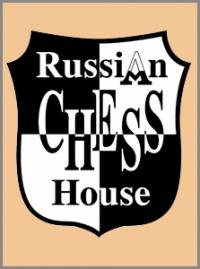 The life of a chess player in the system. Memories of the grandmaster
Author:
The life of a chess player in the system. Memories of the grandmaster
Author:
Averbah 45.00 $ -
 Три матча Ботвинник-Смыслов
Author:
Три матча Ботвинник-Смыслов
Author:
Botvinnik 45.00 $ -
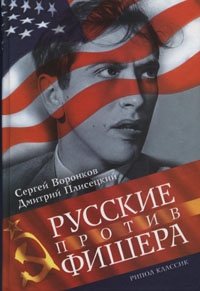 Russians vs Fisher
Author:
Russians vs Fisher
Author:
Voronkov 65.00 $ -
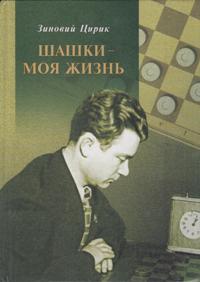 Checkers is my life
Author:
Checkers is my life
Author:
Ciric 87.50 $ -
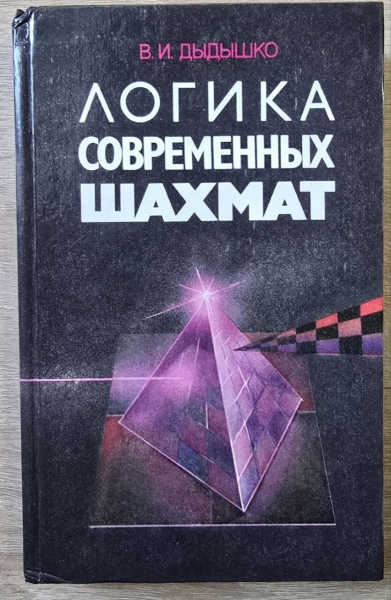 The logic of modern chess
Author:
The logic of modern chess
Author:
Dydyshko 72.50 $ -
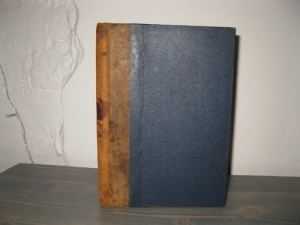 Siegbert Tarrasch. The Queen
Author:
Siegbert Tarrasch. The Queen
Author:
Tarrash 72.50 $ -
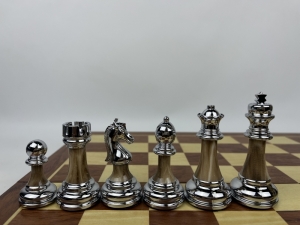 High quality acrylic metal heavy chess pieces with wooden board
202.50 $
High quality acrylic metal heavy chess pieces with wooden board
202.50 $
-
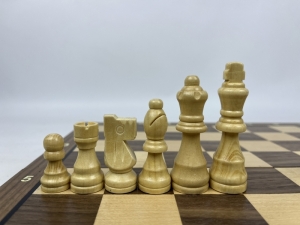 Wooden magnetic Staunton chess with a lock (silver)
56.25 $
Wooden magnetic Staunton chess with a lock (silver)
56.25 $
-
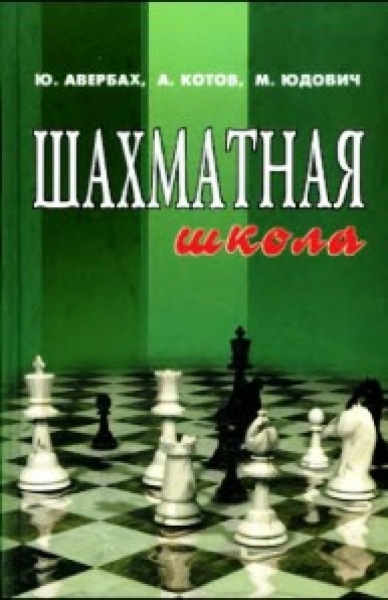 Chess school
Author:
Chess school
Author:
Averbah 15.00 $ -
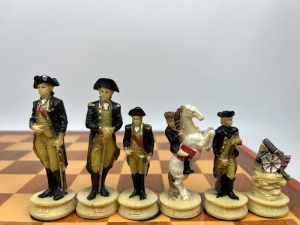 The chess set of The Chessmen. US war - Great Britain
325.00 $
The chess set of The Chessmen. US war - Great Britain
325.00 $
 Русский
Русский  Английский
Английский 